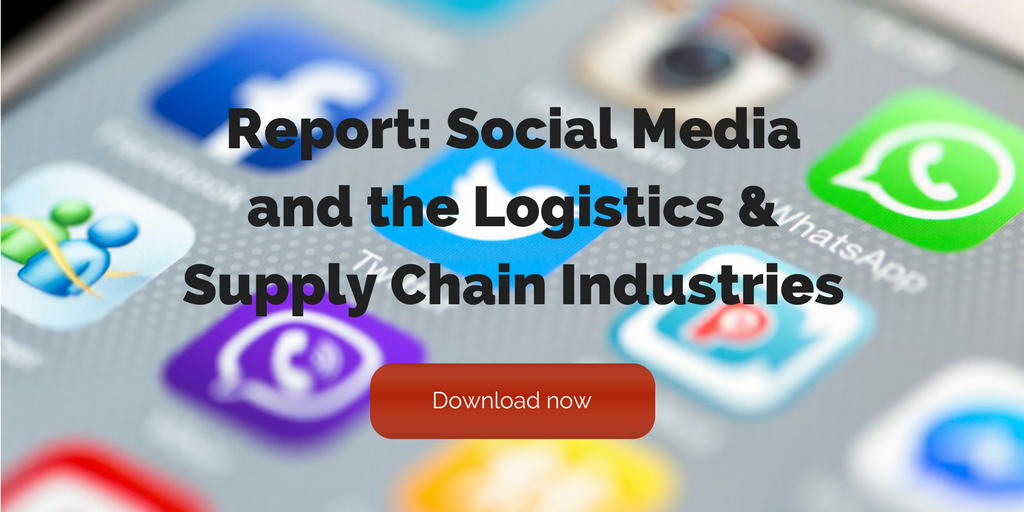Here are four ways the Amazon effect is shaking up supply chain trends – and why it’s a net positive for the industry.
Highlights:
- More companies will start to tap into the gig economy in the last mile, and Uber-style delivery companies will emerge.
- To meet growing customer demand, same-day delivery will become increasingly standard.
- Supply chain leaders will be increasingly evaluated according to customer experience.
Here’s the thing about adversity: it has a tendency to test our strength, and, more often than not, it brings out the best in us. There’s no doubt that the meteoric ascendency of Amazon has created plenty of adversity for the retail, transportation, and supply chain industries. But as the corporation continues to shake up supply chain trends, it’s actually giving the industry an opportunity to sharpen and refine its practices.
Amazon’s dominance has already influenced supply chain trends in big ways. Industry-wide, companies have been compelled to reflect how they do business. In many cases, it’s been a painful process: businesses have had to reinvent, in everything from what and how processes are implemented to the choice of new technologies to purchase. But despite the difficulty, the reinvention process has the potential to pay big dividends in the long term.
Experts are predicting that there are four major ways in which Amazon will continue disrupting supply chain trends going forward.
4 ways Amazon will keep disrupting supply chain trends
1) Uber-style delivery companies
If you think e-commerce sales are high, you haven’t seen anything yet. Recent data from Statista predicts that e-commerce sales will grow as much as 25% by 2022, meaning that retail delivery will undergo analogous growth. As postal service prices rise, FedEx and UPS will likely need to make more deliveries themselves. Meanwhile, Amazon’s 3PL business is booming, putting pressure on the competition.
While these retail delivery services have not yet tapped into the gig economy, largely thanks to opposition from labor unions, it’s only a matter of time according to Convey CEO Rob Taylor. Taylor predicts that a deal will be “brokered between unions and 1099 labor, following in the footsteps of Uber and the taxi and public transportation industries’ unionization efforts.”
2) Same-day delivery
Same-day delivery, once a novelty, is increasingly a subject of consumer demand. PwC’s Global Consumer Insights Survey 2019 found that 40% of online shoppers are willing to pay extra for same-day delivery. To meet the demand retailers are investing in on-demand warehousing and other solutions for increasing localized inventory.
In addition, there’s the rise of drone delivery. Back in 2017, McKinsey estimated that the value of drone activity would reach $1 billion. More recent estimates, including one from ResearchandMarkets, set the value at $11.2 billion by 2022. It’s not long before same-day delivery will be necessary for businesses to compete.
3) Customer satisfaction metrics
As supply chain trends go, the type of metrics used to evaluate personnel may not seem particularly revolutionary. In fact, this type of shift is an indicator of sweeping cultural change. Writing for Fortune, Elementum CEO Nader Mikhail predicts that “tomorrow’s CEOs will come from an unlikely place: the supply chain.”
Customer expectations have been redefined, thanks to the Amazon effect, and businesses need leaders who are skilled at transforming overarching goals into many smaller variables. Where better to find such skills than among the ranks of supply chain leaders?
As a result, in addition to more traditional supply chain key performance indicators (KPIs), Taylor predicts that “net promoter score (NPS) and customer satisfaction (CSAT), which are leading indicators of customer happiness and loyalty, will play a greater role in the supply chain scorecard.” Essentially, supply chain and marketing goals will increasingly intersect.
4) Artificial Intelligence
Artificial Intelligence (AI) is among the most widely discussed supply chain trends in recent years. AI is helping supply chain leaders collate and analyze operational data, and “automating the ability to predict customer demand, forecast product availability, optimize routes for delivery, and better target and personalize communication with customers,” according to Taylor.
Amazon has invested heavily in AI technologies including order optimization, blockchain, warehouse robotics, and the Internet of Things. To keep up, Taylor predicts that “a new generation of supply chain leaders will likely require skills in AI that empower them to translate this highly technical information into business decisions and profitability.”
Navigating the Amazon effect on supply chain trends
When it comes to managing Amazon’s disruptive effects on supply chain trends, the industry will do best to look on them as opportunities. Amazon’s success is, according to Taylor, “pushing brands to modernize and align their teams around the central goal of improving customer experience.” The bottom line is that thanks to Amazon, supply chain companies need to be primarily focused on the customer in order to compete.
Related posts:


